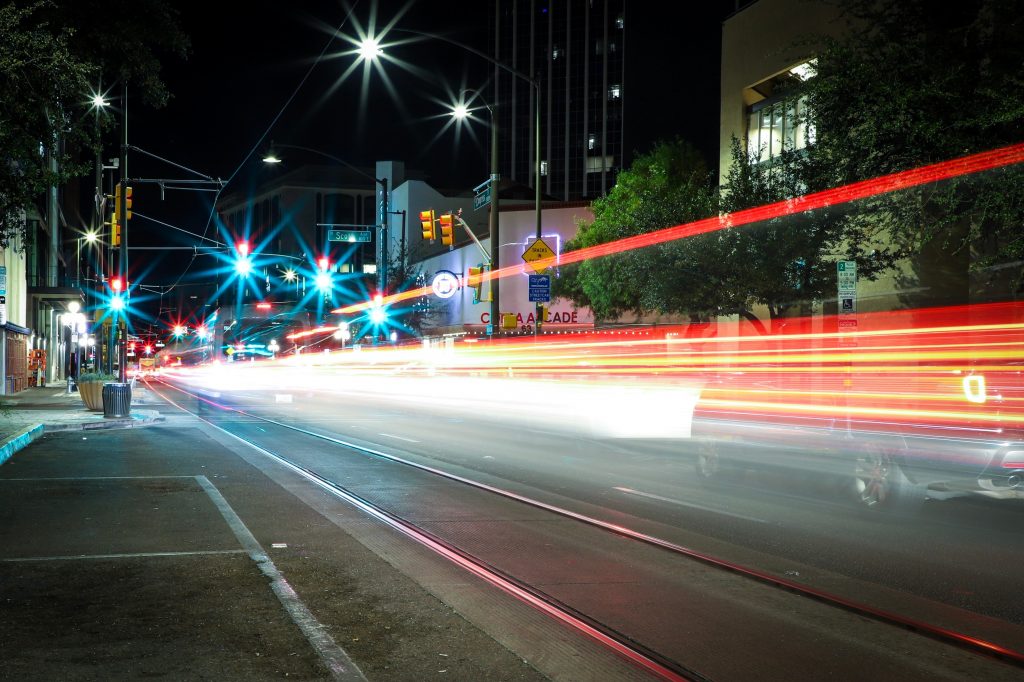According to a recent report by Climate Central, by 2050, Tucson, Arizona is projected to feel like 105F (40C) or higher for more than a third of the year. The Guardian looks at how the changing heat patterns and temperatures affects city residents unequally.
Gregg Garfin of the Institute of the Environment at University of Arizona and Climate 2020 summit speaker, told the Guardian that heat islands that keep night temperatures elevated and reduce time for bodies and dwellings to cool. “This translates into increased energy use,” he said. “Someone born in the 1960s is probably turning on that AC earlier and keeping it on later than their parents did.”
“If you lay an extreme heat map over a map of low income areas, it’s the same map,” says Regina Romero, the only major party candidate for mayor of Tucson. These areas suffer from the same urban heat island effect that causes the rising number of heat deaths in Phoenix, where fewer trees and larger swaths of impermeable ground prime areas for heat absorption. In these neighborhoods especially, Tucsonans lean on public spaces like libraries as shelter from the heat.
Read the full story here, and learn more about the intersections of health equity and climate change at the health impacts panel Friday November 15.
